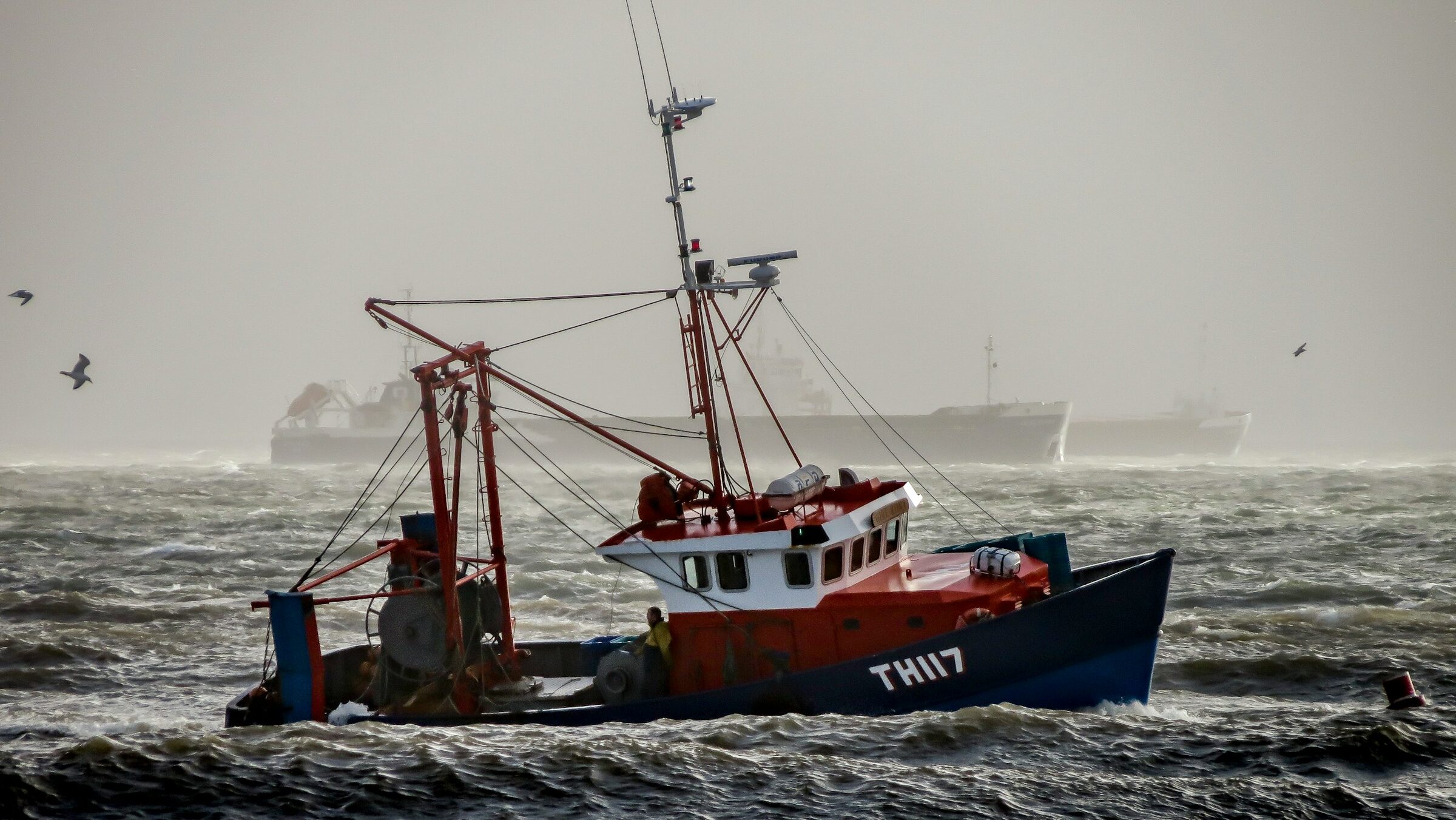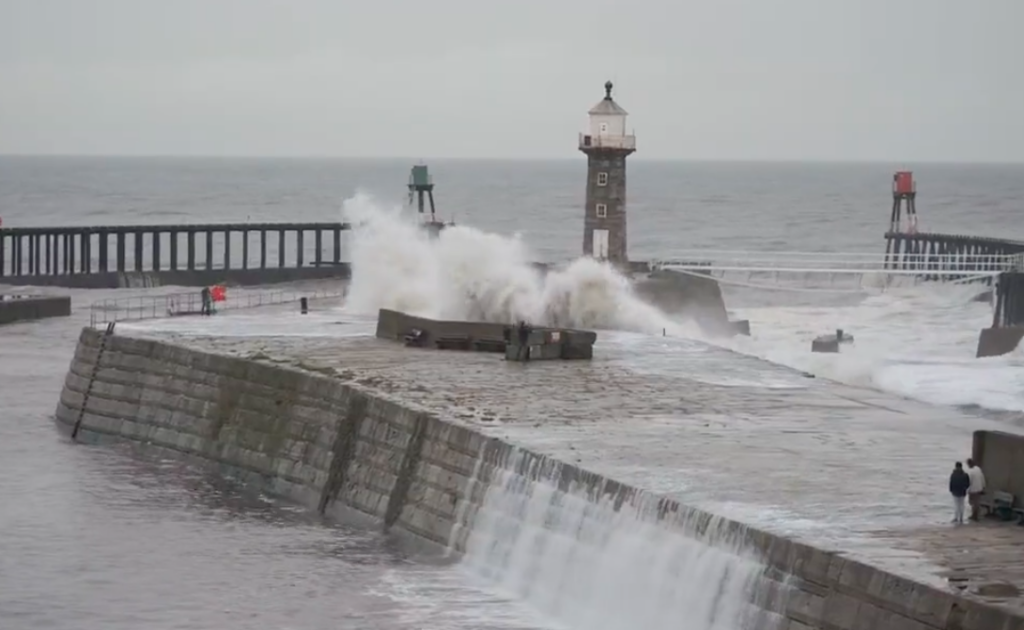The Met Office — the UK’s national meteorological service — has released new data showing a decade of steady improvement in the accuracy of the UK Shipping Forecast, with wind speed and sea state accuracy up by more than 10 per cent.
The Shipping Forecast, which turned 100 in 2024, is produced by the Met Office for the Maritime and Coastguard Agency and is broadcast via approved channels, including the BBC. The Shipping Forecast is immensely popular with the British public, with millions tuning in over the years, including many who do not spend time at sea.
The new data comes as the Met Office deploys a prototype AI-assisted system that automatically generates a first draft of the Shipping Forecast.
The Met Office reports that trials show AI performs as accurately as human forecasters, allowing the service’s experts to focus on refining forecast detail — billed as a major step forward in blending technology and maritime expertise.
Accuracy of UK Shipping Forecast
Research indicates that poor weather contributes to around 30 per cent of marine accidents. Forecasts, therefore, affect decisions for ship departures, offshore projects and navigation.
The Met Office analysis of Shipping Forecast data shows that wind direction maintains the highest accuracy, with wind speed and sea state also improving. Wind speed forecasts increased from 72 to 82 per cent accuracy, wind direction from 82 to 88 per cent, and sea state from 64 to 75 per cent.
Accuracy varies by sea area. In the most recent 12 months, wind speed ranged from 71 per cent in the Irish Sea to 89 per cent in Sole, and wind direction from 84 per cent in Tyne to 94 per cent in Fitzroy. Continuous monitoring and discussion allow operational meteorologists to address performance trends.
The Met Office verifies the hand-written text of each Shipping Forecast within named sea areas, producing verification statistics for users. This system can be applied to global maritime regions. The UK coordinates forecasts across Metarea I, covering the North East Atlantic Ocean and North Sea.

The Shipping Forecast is used daily by maritime professionals. Captain Lewis MacKenzie, master of the MV Isle of Lewis, says: “The Shipping Forecast is very much a traditional style forecast, but I have to say it’s one that we still very much use every morning I review the latest forecast.”
David Fenner, head of fishing safety at the Maritime and Coastguard Agency, adds: “The advancements in forecasting weather and sea states have allowed fishers to reduce the risks they face, contributing to the improvements in safety we have seen over the years.”

Shipping Forecast accuracy has increased since its inception, following historical events such as the 1859 storm that prompted national warning systems. Forecasts now include the Inshore Waters Forecast to support smaller vessels.
Derek Cardno, marine safety and training policy manager with the Scottish Fishermen’s Federation, says: “As a fisherman we have serious respect for the power of the sea. That respect for the sea is aided by the quality of weather forecasting we receive from the Met Office. When the quality of service strives to be better, it gives every maritime sector the confidence to make better, safer, well-informed decisions.”
Michael Sharpe, operational verification scientist at the Met Office, adds: “We’re combining the latest probabilistic data from the Met Office’s post-processed model with automated text generation, while preserving the human expertise that mariners depend on for critical decision-making.”
The post Met Office releases data on growing accuracy of UK Shipping Forecast appeared first on Marine Industry News.


Leave a Reply